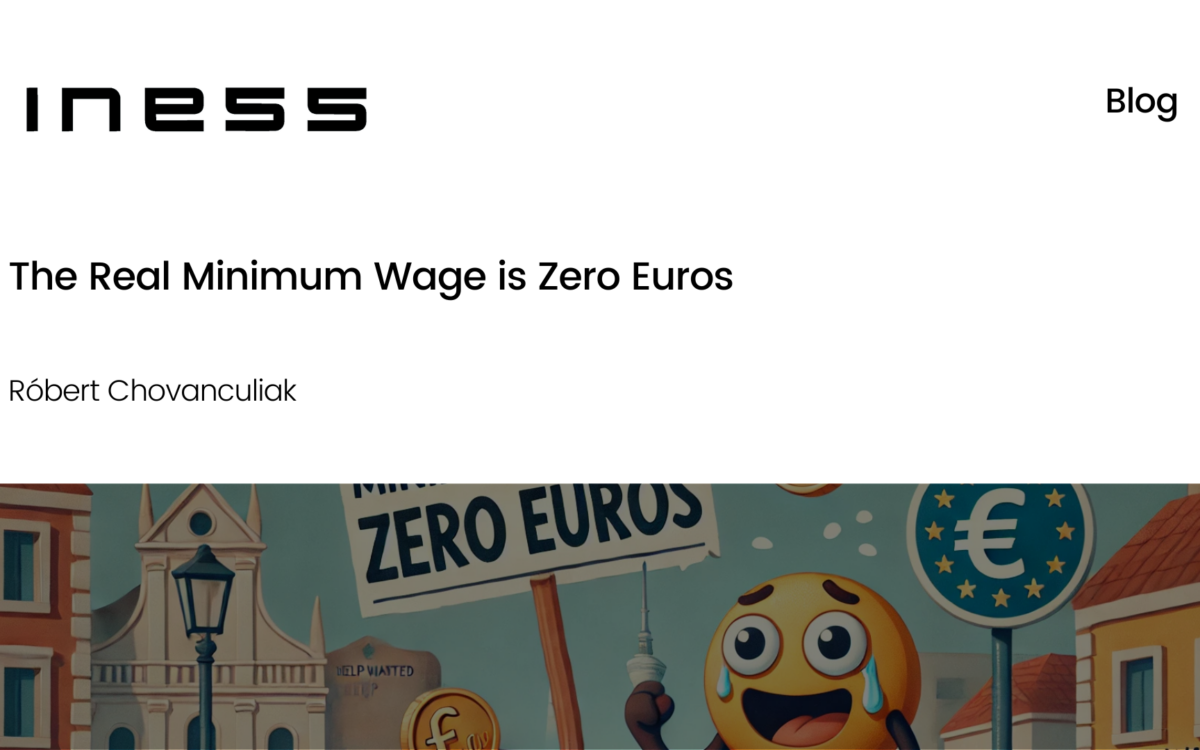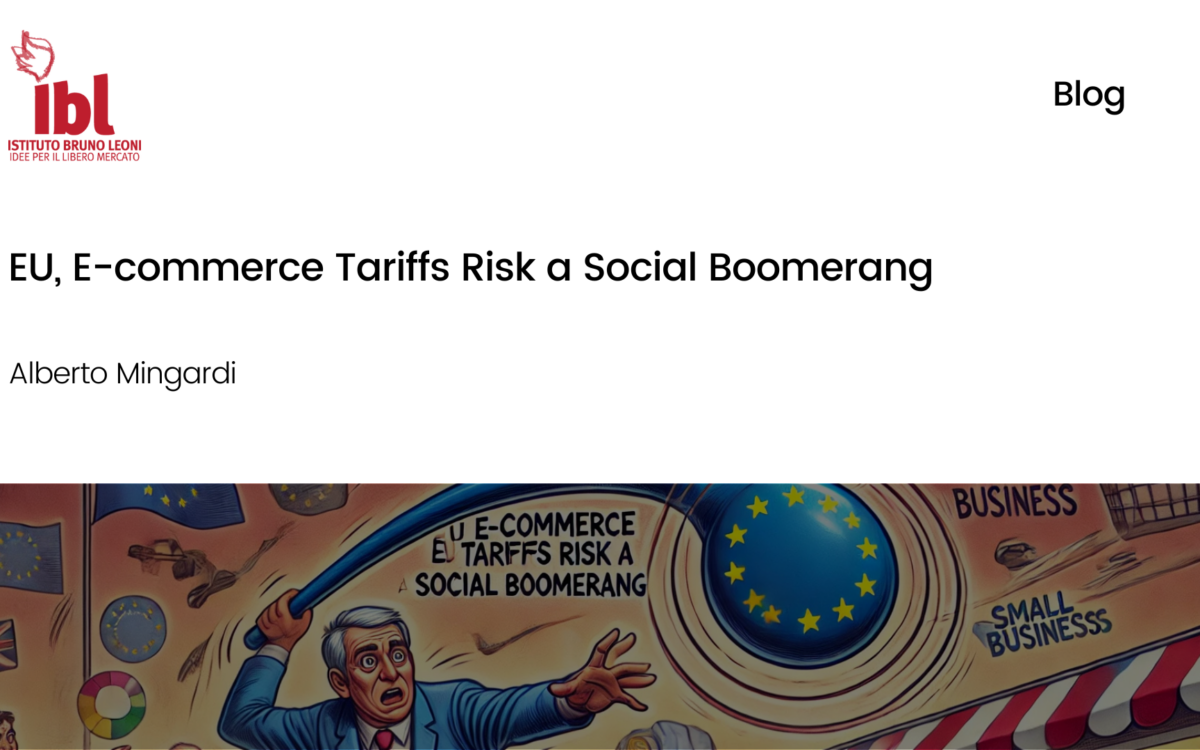Doing More With Less: the Future of the Common Agricultural Policy Post-2020

Doing More With Less: the Future of the Common Agricultural Policy Post-2020
Jamie Fraser // 11 May 2018
On May 2 the European Commission released a Communication that outlined the Union’s overall budgetary plan for the 2021 – 2027 Multiannual Financial Framework (MFF), which included the proposal of a 5% funding cut to the Common Agricultural Policy. It has come as no surprise that the CAP budget will be reduced from the 38% it currently receives under the 2014 – 2020 MFF; Brexit alone will approximately result in a €12 billion shortfall for the EU budget annually that will have to be accounted for.
But while the questions of ‘if’ and ‘by how much’ the CAP budget will be cut can be put to rest, the question that remains largely unanswered is the extent to which the Commission, beyond promising modernisation and simplification, acknowledges the existing distribution inefficiencies of the CAP, of which there are many.
The Pillar I payments model is a key example; a subsidy system distributed on a per hectare entitlement basis that is intended to provide income support to farmers. In practice however, two unintended funding misallocations are evident.
Firstly, a distortion of land values has occurred, whereby farm land prices increased substantially because of the eligibility of that land for these subsidy payments. In the case of Bulgaria, since its accession to the EU in 2007, farm land prices have increased by between 400-500%, hugely compromising the realisation of the intended benefit of income support in the case of farmers that rent land. Secondly, the per hectare model creates a heavily skewed distribution, whereby on average, 80% of the beneficiaries receive around 20% of the payments.
Both misallocations demonstrate the capitalization of payments into the land itself rather than the intended purpose of income support. The Treaty on Functioning of the European Union Article 39 1(b) aim of providing a “fair standard of living for the agricultural community” is therefore unsatisfactorily implemented under the current Pillar 1 architecture.
These distribution inefficiencies of Pillar I subsidies however beg a more pertinent question – are agricultural subsidies needed at all? During the liberalisation of its economy in the 1980s, New Zealand slashed tariffs and subsidies to its largest export industry of agriculture. Since then, the industry has thrived; between 1985 to 2000, the farm sector grew by nearly 4% per year in real terms and grew as a proportion of GDP by over 2% in the same period. By cutting subsidies and regulatory burdens, their industry has led the way in farming innovation and consequently increased productivity.
In contrast, EU agriculture enjoys an alarming degree of protection, with high rates of poorly targeted income subsidies that ensure the status quo of farming is propagated, curtailing innovation and productivity growth in the process. Coupled with a ferocious application of the precautionary principle to further protect EU farmers, it is clear that the EU has a long way to go to catch up with more agile farm sectors across the globe.
There are two proposals the EU should consider when formulating the CAP for the next MFF to combat these inefficiencies.
Firstly, the phasing out of Pillar I subsidy payments over the course of the next two MFFs, creating instead a one-pillar CAP that expands on the Rural Development architecture of the current Pillar II. The example of New Zealand demonstrates that by concentrating expenditure on the development of new agricultural practices, substantial gains are felt throughout the industry at large. From the farmers whose productivity is boosted via new technologies that mitigate crop degradation, to the consumer who enjoys lower commodity prices thanks to lower production costs, the benefits cannot be understated.
Fostering innovation in this way may also serve as a catalyst for the EU to alleviate the regulatory disconnect (the difficulty for regulation to keep pace with technological change) that already exists within the agriculture sector.
Secondly, if subsidy payments are to remain a cornerstone of the CAP, then a radical reform of their structure is required, with a direct link between public monies in exchange for public goods established. Specifically, subsidies for the provision of the public goods of agricultural yield and environmental betterment would incentivise farmers to direct their practices in a way which increases ‘added value’, a concept which the EU are keen to reaffirm as being a main reason for having the CAP.
This model would go some way in reversing the distribution problems discussed; the main beneficiaries would be farmers of high productivity and those implementing environmental measures, rather than simply farmers who possess a large amount of hectare entitlements. By reallocating subsidy payments in this way, the TFEU aim of ensuring a fair income for farmers would be far better met. Ultimately, public goods for public monies would transfer most of the subsidy payments to farmers who most need them from an income support perspective.
Regardless of the approach that is eventually adopted, it is better targeting of expenditure which will ensure that added value continues to be derived from the CAP. The problem is not a lack of funding – it is how those funds are spent.
EPICENTER publications and contributions from our member think tanks are designed to promote the discussion of economic issues and the role of markets in solving economic and social problems. As with all EPICENTER publications, the views expressed here are those of the author and not EPICENTER or its member think tanks (which have no corporate view).



